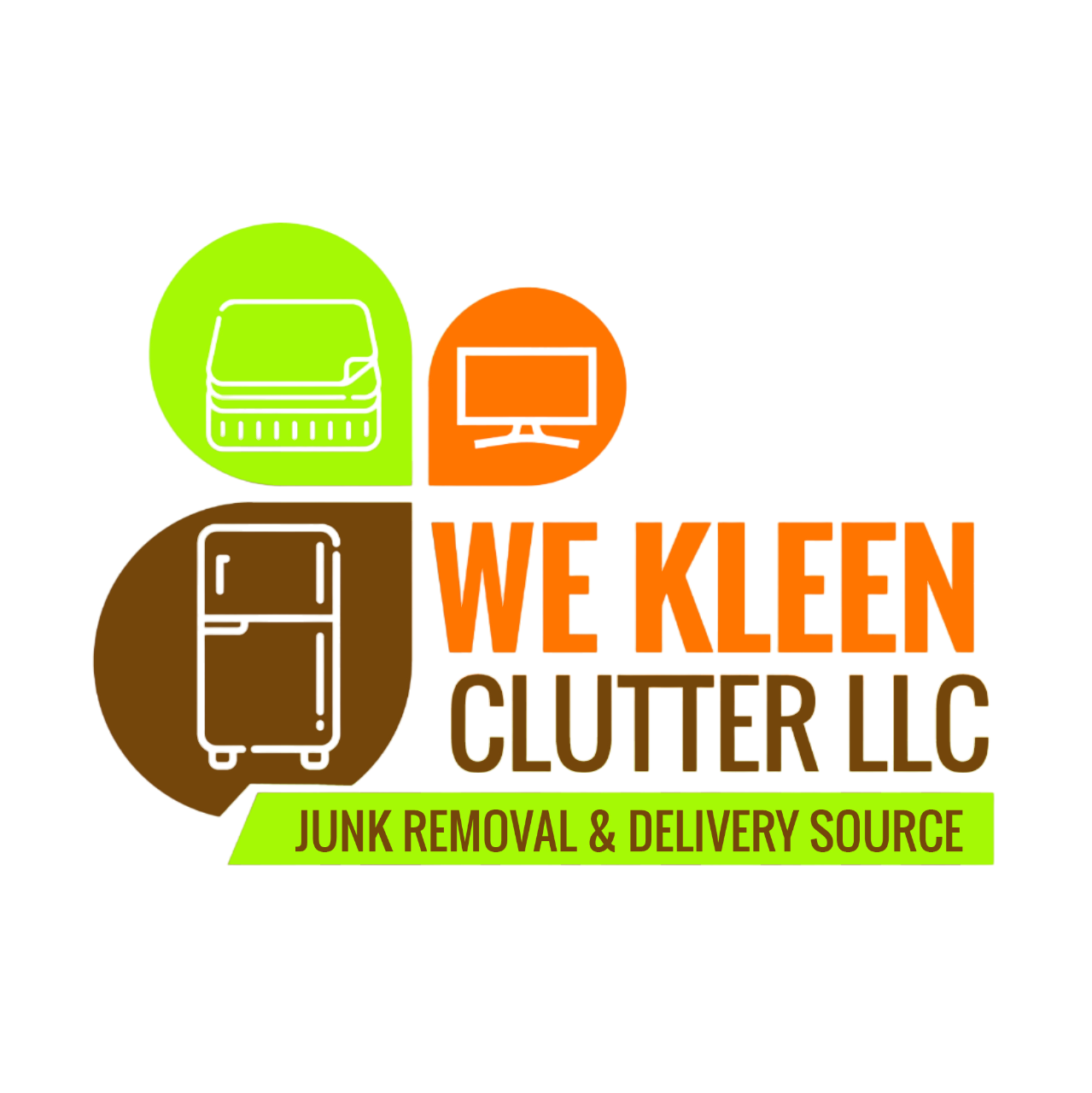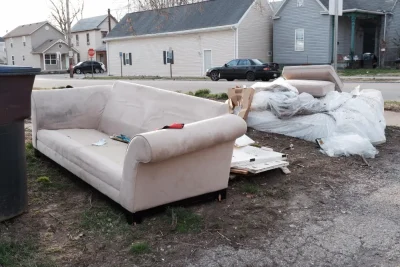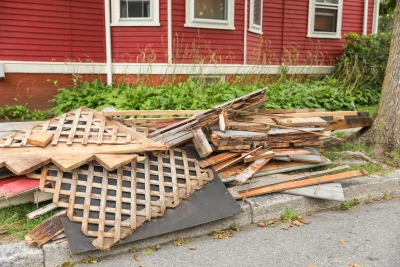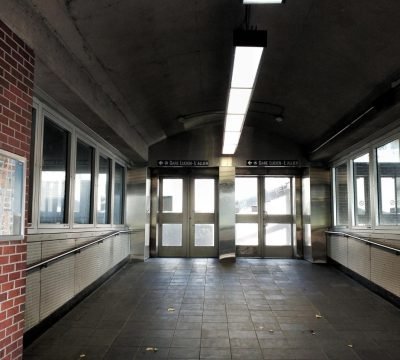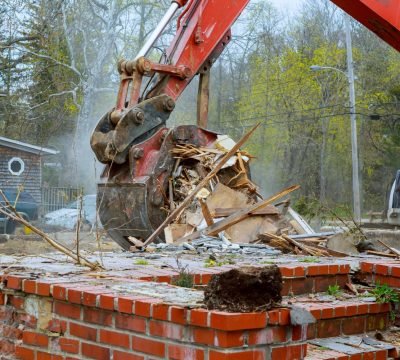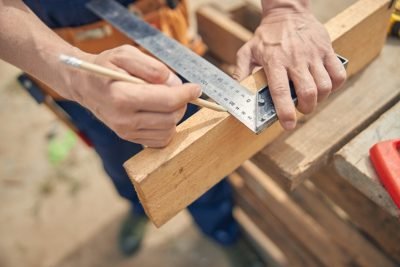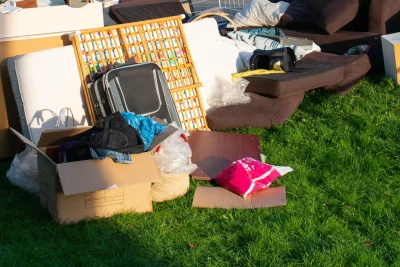
Trusted And Reliable Junk Removal!
Our fast, professional, and reliable junk hauling services ensure your home or business stays clutter-free without the hassle.
(678) 332-8215
Carrollton, GA 30117
Contact Our Team
Get Rid of Construction Waste Quickly – Professional Debris Hauling
Construction Debris Removal - Serving Carrollton Fast, Reliable, & Local
Construction projects create piles of debris, from drywall and wood scraps to insulation and flooring materials. Keeping a job site clean is essential for safety and efficiency. Our construction debris removal service in Carrollton, GA makes it easy to dispose of waste, so you can focus on completing your project.
We Kleen Clutter specialize in removing non-hazardous construction waste, ensuring that your site remains safe and organized. Instead of dealing with heavy loads, scattered debris, or overflowing dumpsters, let our team clear it out efficiently. Whenever possible, we aim to recycle and donate usable materials to reduce landfill waste.
For properties struggling with excess construction waste in dumpsters, we also offer dumpster overflow cleanup services, ensuring job sites remain clean and safe.
We Kleen Clutter proudly serves Carroll, Douglas, and Haralson counties, providing fast, professional, and eco-friendly construction debris removal services for contractors, builders, and property managers.
We Kleen Clutter specialize in removing non-hazardous construction waste, ensuring that your site remains safe and organized. Instead of dealing with heavy loads, scattered debris, or overflowing dumpsters, let our team clear it out efficiently. Whenever possible, we aim to recycle and donate usable materials to reduce landfill waste.
For properties struggling with excess construction waste in dumpsters, we also offer dumpster overflow cleanup services, ensuring job sites remain clean and safe.
We Kleen Clutter proudly serves Carroll, Douglas, and Haralson counties, providing fast, professional, and eco-friendly construction debris removal services for contractors, builders, and property managers.
Post-Construction Cleanup Made Easy – We Handle It All!
What Types of Construction Debris Do We Remove?
Drywall, Sheetrock, & Plaster
Wood, Lumber, & Flooring
Tiles & Cabinetry
Doors, Trim, & Insulation
Roofing Materials (Non-Hazardous)
General Construction Waste & Trash
If you don’t see your item listed, just ask! If it’s non-hazardous and fits in our truck, we’ll take it.
Two Simple Ways to Get Rid of Your Junk!
You can choose full-service removal, where we do all the heavy lifting, or opt for self-load service if you prefer to load your items into our truck yourself.
We-Load (Full Service) Option
Let our team handle everything from start to finish. With We Load, you don't lift a finger. Perfect for busy families, seniors, or anyone who wants a completely hassle-free experience. We carefully remove items from any spot in your home or business, load them into our truck, and clean up afterward. Just like that, we're out of there!
U-Load (Self Service) Option
Want to save money? Trying to get a little workout in we see! Well our U-Load service lets you and a fit helper do just that. You'll load our truck while we handle the hauling and unloading. You get the same great service and proper disposal, just at a lower price because you earned it. Our driver will help guide you to load the truck safely and efficiently. You load, we haul, you save. SIMPLE.
